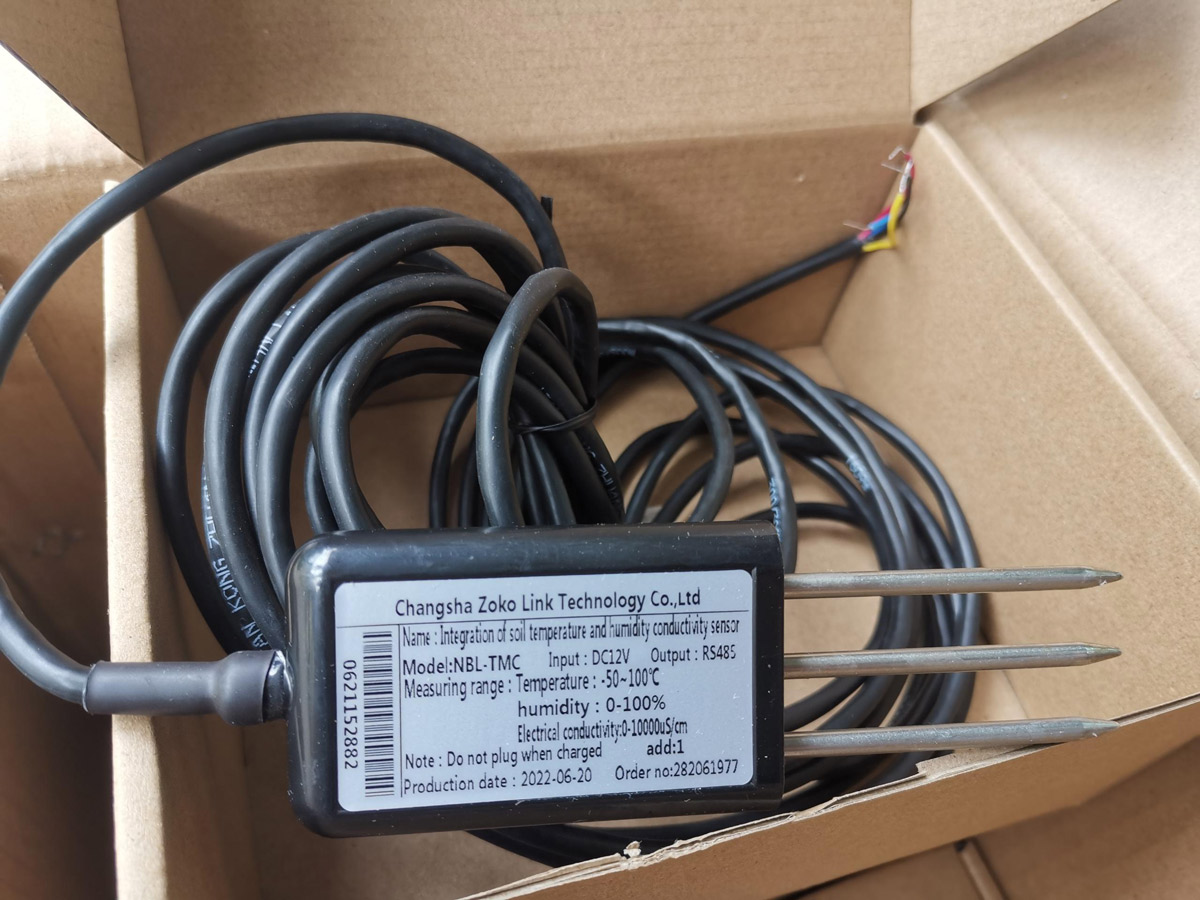

— Blogs —
—Products—
 Consumer hotline +8618073152920
Consumer hotline +8618073152920 WhatsApp:+8615367865107
Address:Room 102, District D, Houhu Industrial Park, Yuelu District, Changsha City, Hunan Province, China
Product knowledge
Time:2022-10-26 19:40:21 Popularity:589
1 Information sensing technology
Sensor is the carrier of agricultural information, including the technology and equipment that perceive the agricultural production environment and the life information of animal and plant life. Sensor is the foundation of the development of the Internet of Things. Its intelligent transformation is the core of informationization and intelligence in improving the planting, livestock and poultry industry, and the aquatic industry.
1.1 Plant information sensing technology
1.1.1 Environmental information sensing technology
There are many types of environmental monitoring sensors, which are more commonly used sensors such as temperature, humidity, light, and carbon dioxide. Conventional farmland environment perception sensor technology is relatively mature, but due to the poor farmland environment, the stability and reliability of the sensor in "high humidity and heat" or under low -temperature environment, and are restricted by factors such as cost and power supply. Therefore, the development of stable and reliable, low -cost, and low -energy environmental sensors has become the main development trend.

1.1.2 New sensing technology of soil information
Soil information generally includes water content, nitrogen, phosphorus, potassium, organic matter, and various mineral components. Traditional soil physical and chemical and nutrient analysis methods are time -consuming and laborious. In recent years, researchers at home and abroad have carried out related research on the rapid detection methods of soil information and made good progress.
1) Soil nutrient testing. Soil nutrient rapid detection technology is the key to scientific fertilization and is also a problem in the current industry. The development of modern spectral technology has provided new solutions for soil nutrient testing. Researchers apply near -infrared spectrum to detect the detection of organic matter, phosphorus, moisture, potassium, pH, organic carbon, minerals and other components in the soil. It can also be used to penetrate the detection of different depth soil organic matter and magnetic suspension particles. Good results have been achieved. The above research provides new ideas for soil nutrients and has good application potential.
2) Soil pesticide residue testing. Soil pesticide residues are an important source of environmental pollution. The process of traditional testing methods is complex, and it depends on large instruments. It is difficult to detect and promote it in real time. Due to extremely low pesticide residues, it is difficult for conventional spectral technology to meet the needs of testing. In recent years, it has attracted much attention because of the extraordinary physical properties that super materials do not have. The Raman spectrum and the Tahez spectrum combined with super materials can greatly reduce the detection limit, which has become a current hot research topic.
Related recommendations
Sensors & Weather Stations Catalog
Agriculture Sensors and Weather Stations Catalog-NiuBoL.pdf
Weather Stations Catalog-NiuBoL.pdf
Related products
 Combined air temperature and relative humidity sensor
Combined air temperature and relative humidity sensor Soil Moisture Temperature sensor for irrigation
Soil Moisture Temperature sensor for irrigation Soil pH sensor RS485 soil Testing instrument soil ph meter for agriculture
Soil pH sensor RS485 soil Testing instrument soil ph meter for agriculture Wind Speed sensor Output Modbus/RS485/Analog/0-5V/4-20mA
Wind Speed sensor Output Modbus/RS485/Analog/0-5V/4-20mA Tipping bucket rain gauge for weather monitoring auto rainfall sensor RS485/Outdoor/stainless steel
Tipping bucket rain gauge for weather monitoring auto rainfall sensor RS485/Outdoor/stainless steel Pyranometer Solar Radiation Sensor 4-20mA/RS485
Pyranometer Solar Radiation Sensor 4-20mA/RS485
Screenshot, WhatsApp to identify the QR code
WhatsApp number:+8615367865107
(Click on WhatsApp to copy and add friends)